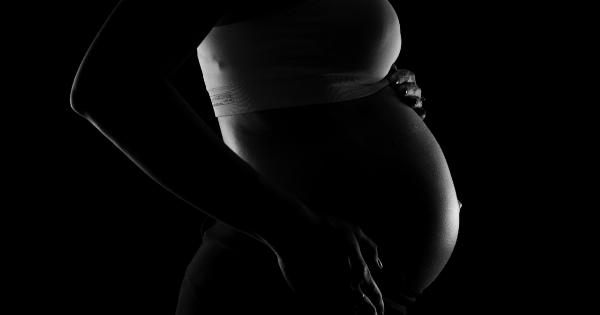During pregnancy, there are numerous changes that take place in a woman’s body to facilitate the growth of the fetus. One of the most noticeable changes is the growth of the breasts.
The breasts become larger and heavier, and the nipples and areola may become darker. This growth is a result of hormonal changes that occur during pregnancy.
1. Hormonal Changes During Pregnancy
The hormones estrogen and progesterone play a significant role in breast growth during pregnancy. These hormones stimulate the development of milk ducts and milk-producing cells in the breasts.
As the pregnancy progresses, the levels of these hormones increase, leading to further growth of the breasts.
In addition to estrogen and progesterone, prolactin is another hormone that plays a crucial role in breast growth during pregnancy. Prolactin is responsible for preparing the breasts for milk production after the birth of the baby.
During pregnancy, the levels of prolactin increase, leading to further growth of the breasts.
2. The Role of Human Chorionic Gonadotropin (hCG)
Another hormone that plays a role in breast growth during pregnancy is human chorionic gonadotropin (hCG). hCG is produced by the placenta after implantation and is responsible for signaling the body to produce more estrogen and progesterone.
As these hormone levels increase, so does breast growth.
3. Blood Flow to the Breasts
Increased blood flow to the breasts during pregnancy also contributes to breast growth. As the production of hormones increases, so does blood flow to the breasts.
This increased blood flow brings more nutrients and oxygen to the breasts, which promotes their growth.
4. Timing of Breast Growth During Pregnancy
Breast growth during pregnancy typically begins in the first trimester and continues throughout the pregnancy. However, the rate of growth may vary from woman to woman.
Some women may experience rapid breast growth early in their pregnancy, while others may experience slower growth until later in their pregnancy.
5. Preparing for Breastfeeding
The growth of the breasts during pregnancy is essential for preparing for breastfeeding. The increased development of milk-producing cells and ducts in the breasts prepares them for the production of milk after the birth of the baby.
The nipples and areola also grow and darken in color, which makes it easier for the baby to latch on and breastfeed.
6. Possible Complications of Breast Growth During Pregnancy
While breast growth during pregnancy is a normal and healthy process, it can also cause discomfort and pain for some women. The increased size and weight of the breasts can lead to back pain and neck pain.
Some women may also experience breast tenderness and soreness.
In rare cases, breast growth during pregnancy may be a sign of a more serious condition, such as a breast tumor. Women should always consult with their healthcare provider if they notice any unusual changes in their breasts during pregnancy.
7. Conclusion
Breast growth during pregnancy is a natural and necessary process that prepares the breasts for breastfeeding.
Hormonal changes, increased blood flow to the breasts, and the preparation of milk-producing cells and ducts in the breasts all contribute to breast growth during pregnancy. While breast growth can cause discomfort for some women, it is generally a healthy and normal process.




























